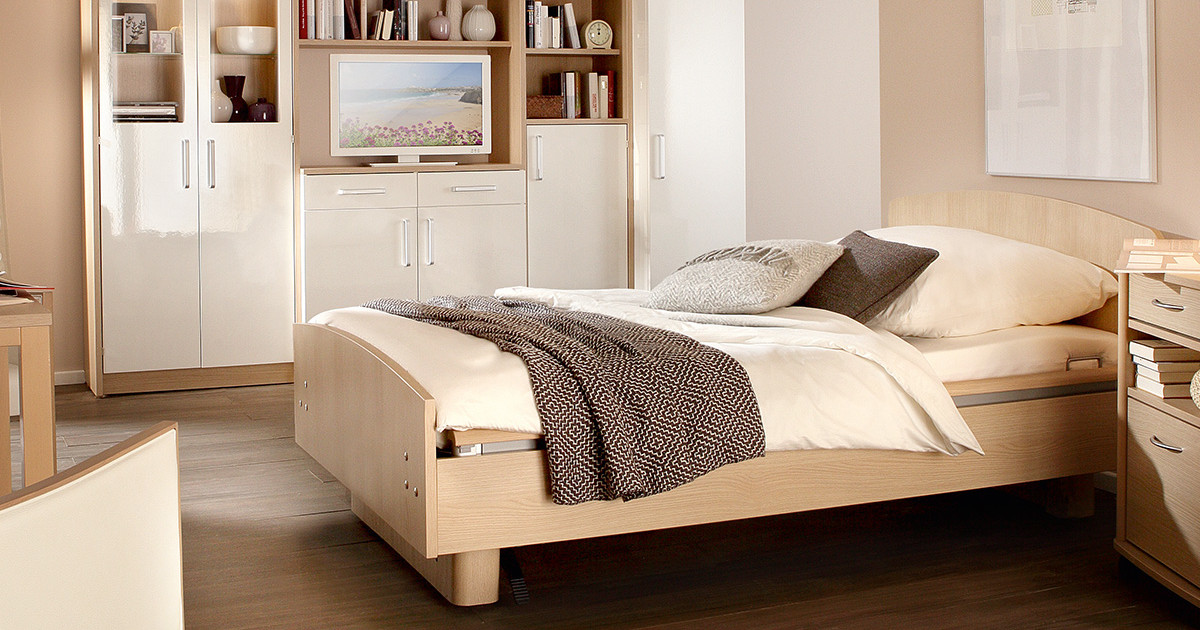Light can fulfill very different functions in care facilities. Professional solutions can significantly improve the quality of life in care facilities. They influence atmosphere, help with orientation and support staff at their workplaces:
For the residents: Healthy light
Light can make a decisive contribution to ensuring that residents feel comfortable in their surroundings. This applies not only to residents‘ rooms but also to reception areas, waiting rooms and visitors‘ rooms.
A harmonious lighting atmosphere in these areas reduces stress and anxiety and promotes therapeutic success. The following applies: Multiple sources and dynamic changes lead to significantly better results than static solutions with only one type of lighting. Lighting wins through variety and change.
A good supply of is particularly important in old age. Visual conduction continues to diminish as the lenses in the eyes become cloudy. In addition, the gaze is sometimes slightly lowered, so less light reaches the eyes. Light cannot compensate for declining vision. However, good lighting helps to avoid misinterpretations.
For nursing and administrative staff: Light for working
In areas where staff spend most of their time, such as offices or kitchens, light primarily supports staff in their daily work. Studies by the Zurich University of Technology show that dynamic changes in illuminance, light direction and color promote human well-being and alertness at the workplace. If work is done during the night, lighting can make a decisive contribution to better prepare the human internal clock for the changes.
For the operator: economical light
At the latest since public funds have become scarce and the public has placed greater emphasis on the success and cost-effectiveness of nursing and rehabilitation facilities, the issue of saving energy has become vehemently important.
The use of efficient sources and technologies makes a considerable contribution to reducing energy requirements. This can be additionally and to a large extent reduced by lighting management. Daylight-dependent controls, the use of presence sensors and time clocks reduce energy consumption without compromising the quality of the illumination.


